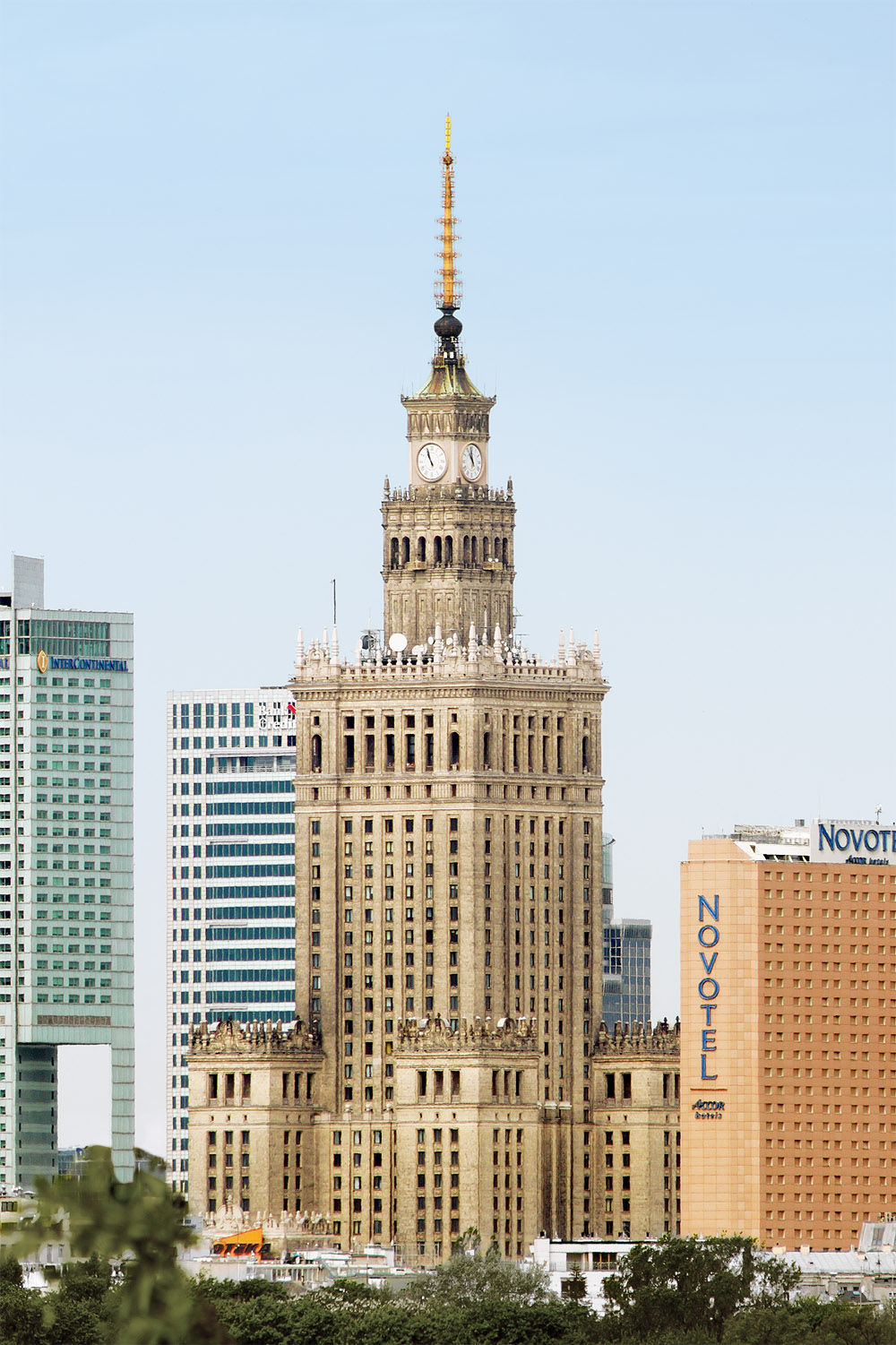
Maftir and Haftorah at the Nozyk Synagogue and related stories
Back From the Polish and Litvak Diaspora

I am pleased to advise that for those of you arriving early in Warsaw for the IAJGS Conference, I will be reciting / singing my barmitzvah Maftir and Haftorah at the Nozyk Synagogue on 28 July 2018 – Shabbat Nachamu.

My barmitzvah was held on 14 August 1965 – 16 Av 5725 at the Waverley Shul, Bramley in Johannesburg, South Africa.


My good friend Phillip Levy’s barmitzvah book – our barmitzvahs were on the same day on 14 August 1965. We didn’t know each other yet!


Books as gifts


My zaida, Rev Nachum Mendel Rabinowitz
This is a significant milestone for our family both historically and genealogically speaking. My zaida, Rev Nachum Mendel Rabinowitz, left Poland in 1905 for Jerusalem, and then in 1911 for South Africa. I have sung in shul choirs in South Africa and Australia since 1960, but this will be the first time since 1905 that the voice of one of our Rabinowitz family will be heard in a shul in Poland! My zaida, my father and my uncle were all cantors.

In 2011 in Orla, I played a recording of my zaida from Johannesburg made in 1961
Video
Nachum Mendel Rabinowitz in the Orla Synagogue

Nachum Mendel sings in Orla Synagogue, Poland
Source: youtu.be/vvXPavvJPNo
Now in 2018, I return not to play a recording, but to sing in the only synagogue in Warsaw that survived the Holocaust – a return to my roots!
My lecture at IAJGS: Back From the Polish and Litvak Diaspora: Virtual Journeys That Connect Us To Our Roots, is on Thursday 9 August at 4-5pm.
A repeat of my barmitzvah was held in Perth in 1992 – the invitation


Nozyk Synagogue 2018
Send-off from Noranda CHABAD Thursday 26 July 2018
Cantor Jakub Lichterman
The last cantor at the Nozyk before the Holocaust


The visit of the Yosef Shlomo Kahaneman, the Ponevezh’s Rav to Cape Town in 1953. My zaida – Rev Nachum Mendel Rabinowitz – seated third from the left. Cantor Jakub Lichterman 2nd from the bottom right.


Pinelands Cemetery, Cape Town

Cape Town Kehilalink – Vredehoek Shul

Richard Shavei Tzion
Celebrating the 50th anniversary of his barmitzvah at Camps Bay Shul, Cape Town
28 July 2018

Richard in 1968
Audio
Audio Player
The Bloch Sefer Torah
The Bloch Sefer Torah

More about Aphraim and Chava and the Bloch & Cynkin Families: Source: kehilalinks.jewishgen.org/mir/Bloch_Cynkin.html The visit to Cape Town from Israel by Beverly Jacobson and her children on …
Source: elirab.me/bloch-torah/



With Miriam and Ivor Lichterman 2018
The Cape Town Holocaust Centre

Herzlia School 2018

Miriam and Ivor Lichterman at Highlands House 2018

With Cantors Ivor Lichterman & Joffe at Cafe Rieteve 2018

The Global Partisan Song Project 2018
Video
The Global Partisan Song Project

Every year on Yom Hashoah â the Day of Remembrance of the Holocaust and Heroism, Holocaust survivors and Jewish communities sing the song Zog Nit Keynmol (âW…
Source: youtu.be/tnaCtuqVBgg
Like this:
Like Loading...




















































































































































